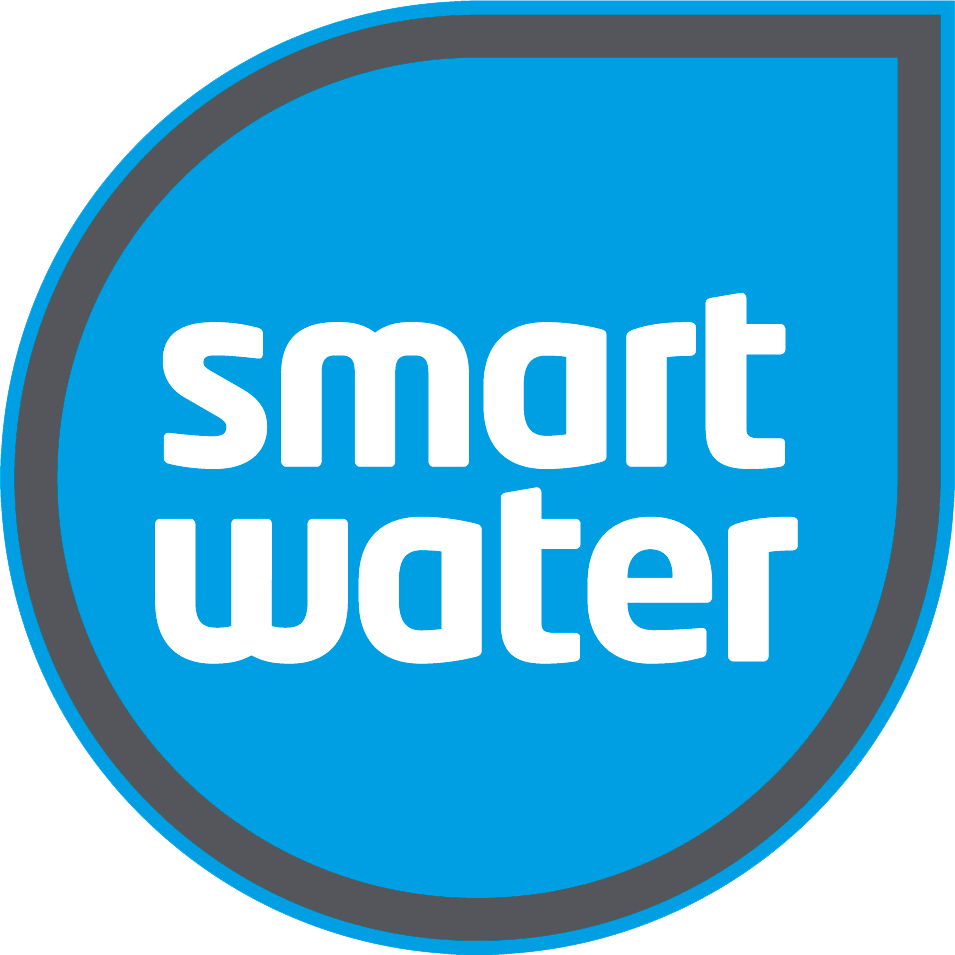 Shopping Cart
Shopping Cart
07 July 2023
Revolutionising Urban Spaces: 5 Innovative Rainwater Harvesting Techniques

In today's rapidly growing cities, the need for sustainable and efficient solutions to manage water resources is more critical than ever.
As urbanisation continues to reshape our surroundings, it's becoming increasingly important to find innovative ways to harness and utilise rainwater effectively.
Enter rainwater harvesting techniques, a revolution in urban spaces that are transforming the way we think about water management.
From rooftop gardens to underground storage systems, these five innovative techniques are taking centre stage in the quest for a more sustainable future.
In this post, we will uncover a range of rainwater harvesting techniques for urban spaces and discover how these techniques reshape our cities, improve water availability, and reduce the strain on traditional water supplies.
Importance of rainwater harvesting in urban spaces
In densely populated urban areas, water scarcity is a pressing issue. The demand for water is ever-increasing, putting a strain on existing water sources.
This is where rainwater harvesting comes in.
By capturing and storing rainwater, we can reduce the dependency on traditional water supplies and alleviate the pressure on the water infrastructure.
Rainwater harvesting not only helps to conserve water but also mitigates the risks of flooding and stormwater runoff.
It's a sustainable solution that can be implemented in both residential and commercial settings, providing a reliable source of water for various purposes such as irrigation, toilet flushing, and even drinking water.
Rainwater harvesting is a game-changer for urban spaces, offering a way to optimise water resources and create a more sustainable future.
Traditional rainwater harvesting techniques
Before we dive into the innovative techniques, let's take a brief look at the traditional methods of rainwater harvesting.
One of the oldest and simplest techniques is the use of rain barrels or cisterns to collect and store rainwater.
These containers are placed strategically to capture rainwater from rooftops and other surfaces.
Another common method is the construction of surface reservoirs or ponds to collect rainwater.
These reservoirs can be used for irrigation, groundwater recharge, and other non-potable uses.
While these traditional techniques are effective, they have limitations in terms of storage capacity and scalability. This is where innovation steps in to revolutionise rainwater harvesting.
Here in New Zealand, and around the world, traditional water tanks have been a feature for many homes with limited access to mains water. Traditionally, these may have been found in more remote locations where utilities such as municipal water supply may not have been available.
In more recent times, there has been an uprising in the movement for people to become less dependent on municipal water, especially in dry periods where water restrictions may be put in place.
This, of course, extends beyond New Zealand and more and more people are turning to traditional water tanks stored either above or below ground to store up their own supply of water for both potable and non-potable uses.
At Smart Water, we are doing our bit to help people become more sustainable when it comes to rainwater harvesting and use. We have engineered the most advanced tank level indicator available that now offers full cloud connectivity.
Easy to install yourself, your Smart Water tank indicator provides you with all the information you need from our app or from one of our LCD displays. Find out how much water you consume on average from your tank, accurate pressure data and estimates on when your tank will run out of water based on current usage.
By understanding how much water you collect and use, you can better plan your water consumption as well as reduce the pressure on the municipal water supply.
You can find out more about our range of products or check out our FAQs for more information.
Innovations in rainwater harvesting technology
As technology advances, so does the field of rainwater harvesting.
Innovative techniques are emerging to overcome the limitations of traditional methods and maximise the potential of rainwater.
These advancements are revolutionising urban spaces and making sustainable water management a reality.
Let's explore some of the most exciting innovations in rainwater harvesting technology.
Green roofs: a sustainable rainwater harvesting solution
Green roofs, also known as living roofs or eco-roofs, are gaining popularity as innovative rainwater harvesting solutions.
These roofs are covered with vegetation, creating a natural habitat for plants and wildlife. But their benefits go beyond aesthetics and biodiversity.
Green roofs act as a sponge, absorbing rainwater and reducing stormwater runoff. The plants on the roof capture and utilise the rainwater, reducing the load on storm drains and alleviating the risk of flooding.
Additionally, the vegetation helps to insulate buildings, reducing energy consumption for heating and cooling.
Green roofs are a sustainable and efficient way to harvest rainwater while creating green spaces in urban areas.
Vertical gardens: combining aesthetics and rainwater harvesting
Vertical gardens, also known as green walls or living walls, are another innovative technique that combines aesthetics with rainwater harvesting.
These vertical structures are covered with plants, creating a visually stunning and environmentally friendly feature. But beyond their beauty, vertical gardens can also capture and utilise rainwater.
Through a network of irrigation systems, the plants are watered using the harvested rainwater. This not only reduces the need for traditional irrigation methods but also helps to cool the surrounding air and improve air quality.
Vertical gardens are a creative way to make use of vertical spaces in urban areas while harnessing the power of rainwater.
Permeable pavements: reducing runoff and collecting rainwater
Traditional pavements, such as concrete and asphalt, are impermeable, causing rainwater to run off and contribute to stormwater runoff.
Permeable pavements, however, are designed to allow rainwater to seep through the surface and be collected or infiltrated into the ground.
These pavements consist of porous materials or have gaps between the pavers, allowing water to pass through. The collected rainwater can then be stored or used for irrigation purposes.
Permeable pavements not only reduce runoff and flooding but also help to recharge groundwater and improve water quality by filtering pollutants. They are a sustainable solution for managing rainwater in urban areas while maintaining functional and accessible pavements.
Underground storage systems: maximising rainwater storage capacity
In urban areas where space is limited, underground storage systems offer a solution to maximise rainwater storage capacity.
These systems consist of underground tanks or chambers that can store large volumes of rainwater.
The harvested rainwater can be used for various purposes, including irrigation, toilet flushing, and fire protection.
Underground storage systems are discreet and space-efficient, allowing rainwater to be stored without occupying valuable surface area. They can be integrated into existing infrastructure or incorporated into new construction projects, making them a versatile option for rainwater harvesting in urban spaces.
They take the existing idea of traditional water tanks in the home and expand them for much greater storage capacity, enabling local councils and authorities to manage water supply for public facilities.
Smart rainwater harvesting systems: integrating technology for efficiency
As we embrace the digital age, smart technologies are revolutionising rainwater harvesting systems.
Systems like Smart Water’s utilise sensors, data analytics, and automation to optimise the collection, storage, and use of rainwater.
Smart rainwater harvesting systems can monitor weather patterns, calculate water demand, and adjust irrigation schedules accordingly.
Some systems even have the ability to connect to weather forecasts and adjust their operation in real time.
By integrating technology, rainwater harvesting becomes more efficient and effective, ensuring that water resources are utilised optimally.
Smart rainwater harvesting systems are paving the way for intelligent and sustainable water management in urban spaces.
Summary
Rainwater harvesting techniques are revolutionising urban spaces by providing sustainable and efficient solutions for water management.
From green roofs and vertical gardens to permeable pavements and underground storage systems, these innovative techniques are reshaping our cities and improving water availability.
By embracing these techniques, we can reduce the strain on traditional water supplies, mitigate the risks of flooding and stormwater runoff, and create a more sustainable future.
It's time to harness the power of rainwater and embrace the creativity and ingenuity that is revolutionising urban spaces, one raindrop at a time.
Let's work together to build a world where water is used wisely, and urban areas thrive in harmony with nature.
